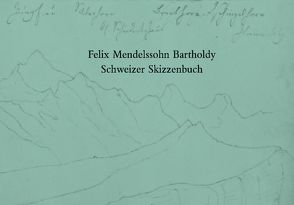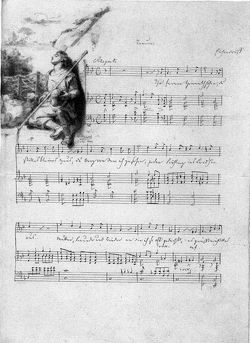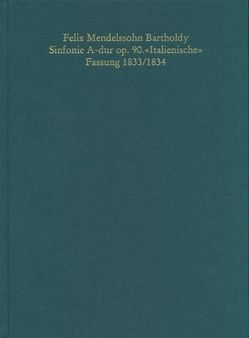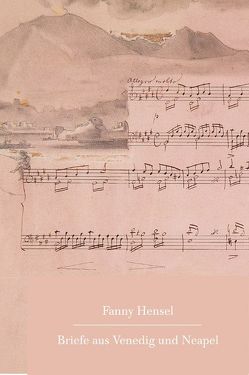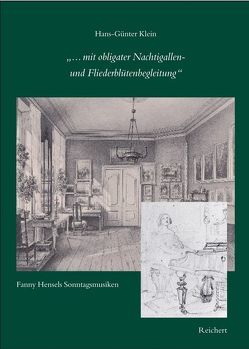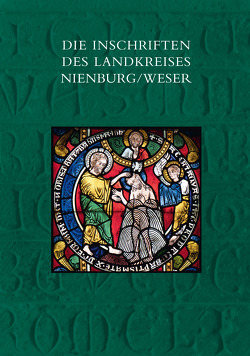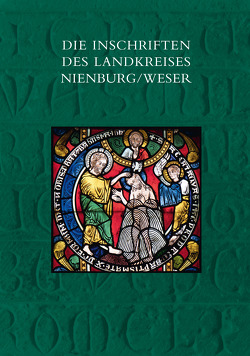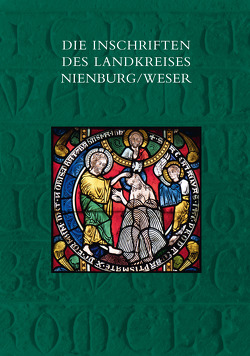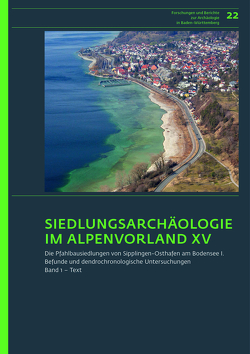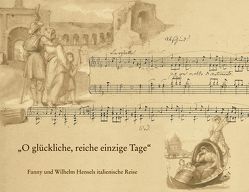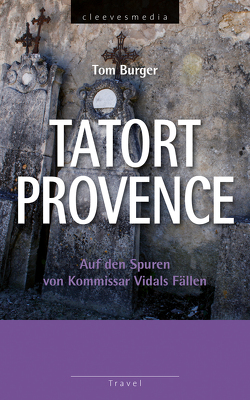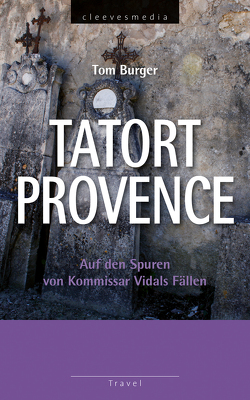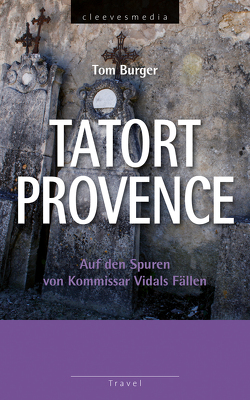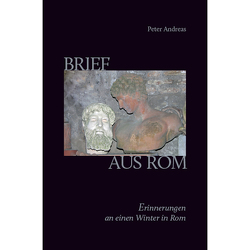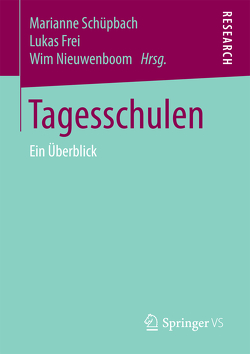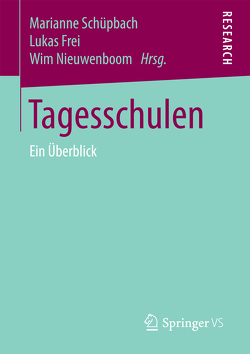Felix Mendelssohn Bartholdy. Schweizer Skizzenbuch
Hans-Günter Klein
In 1842 Felix Mendelssohn Bartholdy had the intention of travelling to the Alps again – this time along with his wife Cécile, who did not know Switzerland. When an invitation from the Swiss music society to participate in the music festival in Lausanne, where they wanted to perform his “Lobgesang” op. 52 in his presence, arrived, the planning for the journey started to take shape. It was also arranged that his brother Paul and his wife Albertine should join the party. On the 16th of July 1842 Felix Mendelssohn returned with his wife from England to his mother-in-law’s house in Frankfurt. Early in the morning, before the others got up, he often walked to the south of the city where he took his drawing pencil in his hand. At the end of July Paul and Albertine arrived on the Main and soon afterwards the travelling group set off; Felix’s and Cecile’s small children stayed with their relatives in Frankfurt.In Basel the continuation of the journey and therefore their arrival in Lausanne had to be delayed, due to the indisposition of Cécile Mendelssohn. They had chosen a route which led from here through Delémont and the valley of Birs (with a stop in the village of Court on the 2nd of August) to Biel (on the 3rd of August); on the 4th of August they arrived at Lake Geneva, one day after the performance of “Lobgesang”. On the 5th and 6th they stayed in Ouchy and on the 6th they even took part in a steamship journey on the lake, which marked the end of the music festival. The following day was the last one in Lausanne, Mendelssohn drew one of his most beautiful views in his sketch book, the town cathedral.Passing Geneva they travelled to the Valley of Arve and after a stop in Bonneville they reached Chamonix where they stayed for a couple of days. Passing through the Dala gorge they reached Leukerbad, and from here they climbed to the Gemmi Pass and to Lake Dauben. At which stage of the journey the group passed the Kandersteg and Spiez and reached Interlaken is not known. From their base in Interlaken the Mendelssohns made excursions to the Berner Oberland, on the 21st of August to Wengen, on the 22nd and 23rd to the Faulhorn, the mountain with a much esteemed panorama, which was easy to reach and on which one could also spend the night. Finally they reached Zurich on the 2nd of September and then returned to Frankfurt.Mendelssohn did not write a diary during his journey and did not send his family in Berlin such detailed reports as he had done in 1831. He writes to his mother: “It is impossible to describe Switzerland, and instead of writing a diary this time I am drawing ferociously, sitting in front of a mountain and trying to capture its likeness (until the drawing is ruined, only then do I stop) und each day I must have at least one landscape in my book” (18/8/1842). During his journey Mendelssohn used at least two sketch books, the one given in facsimile here, which is now in Berlin, and another one which is kept in Oxford and begins with Court on the 2nd of August and closes with Stans on the 30th of August. It is not clear whether he kept a third sketch book, now missing. That he noted on each individual sheet both the place and the date of its origin indicates that they were primarily meant to function as remembrances, in the sense of a kind of diary, just as he himself explained in the previously quoted letter to his mother. The individual identifications are to be taken in the same sense. In the facsimile part, Mendelssohn’s entries are reproduced at the front on the left-hand commentary pages in cursive script, in their entirety and reproducing Mendelssohn’s spelling and punctuation faithfully.Mendelssohn’s drawings are elaborated in greatly different ways. Some are only sketched in outline, whereby he occasionally made notes in the form of words or abbreviations as a mnemonic for further elaboration, which however remained undone. It has been recorded that during his journey in 1831 he often continued working on his drawings in a tavern in the evening; to what extent he did it this time too is not known (most likely he did not). His view of Bonville (8/8) allows us to see that, after sketching the houses that form the frame for the picture, he immediately focusses on the cliff, but which he still did not finished – obviously it was the mountain which had aroused his particular interest. Therefore the sheets sometimes provide the impression of the status nascendi. Even the drawings that appear at first glance to be complete have only scetched outlines at the edges and are not perfectly elaborated – as apparently was Mendelssohn’s ideal. Yet this may – as in the picture of Frankfurt (20/7), for example – be a stylistic device deliberately used to focus the viewer’s attention on the centre of the picture. With mountains in the distance, areas left white could represent the haze, through which the peaks appear only as an silhouette; on the other hand, his view of the Bach Alp (22/8) clearly shows how Mendelssohn indicated the different distances of the groups of mountains through his manner of drawing details, without at the same time abandoning the elaboration of the background. This technique may also have arisen from the fact that Mendelssohn wanted to capture as much of the scene as possible for his own memories, whilst faithful reproduction in the sense of an veduta was not so important to him. Neverthelss, these drawings drawings are amongst his most beautiful works.
